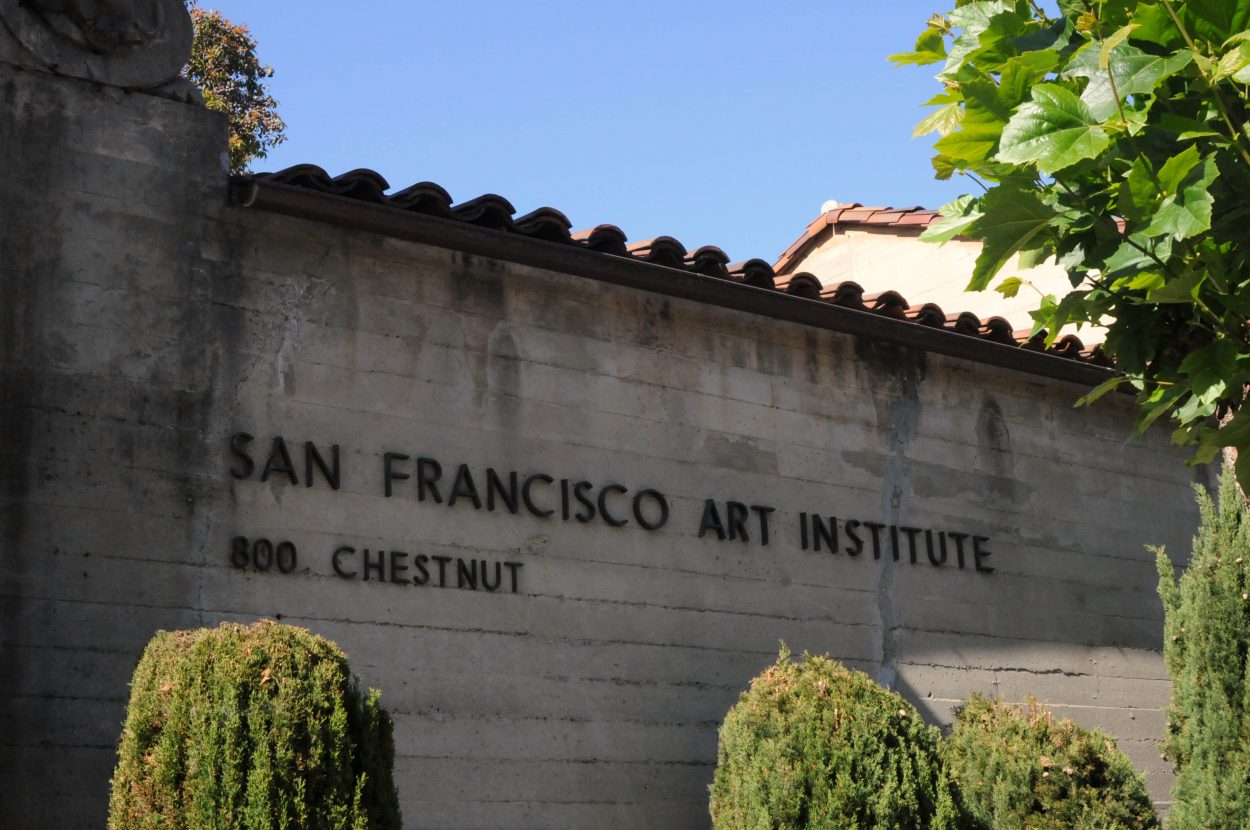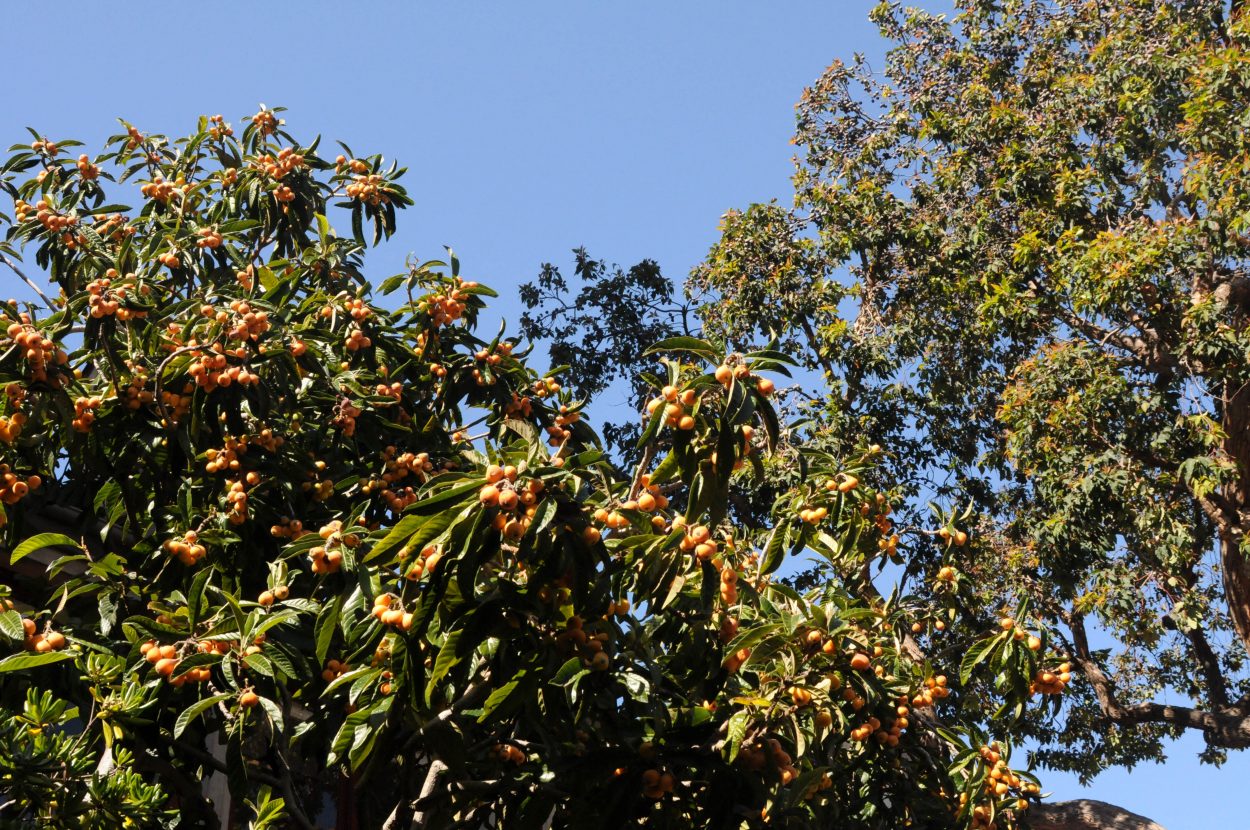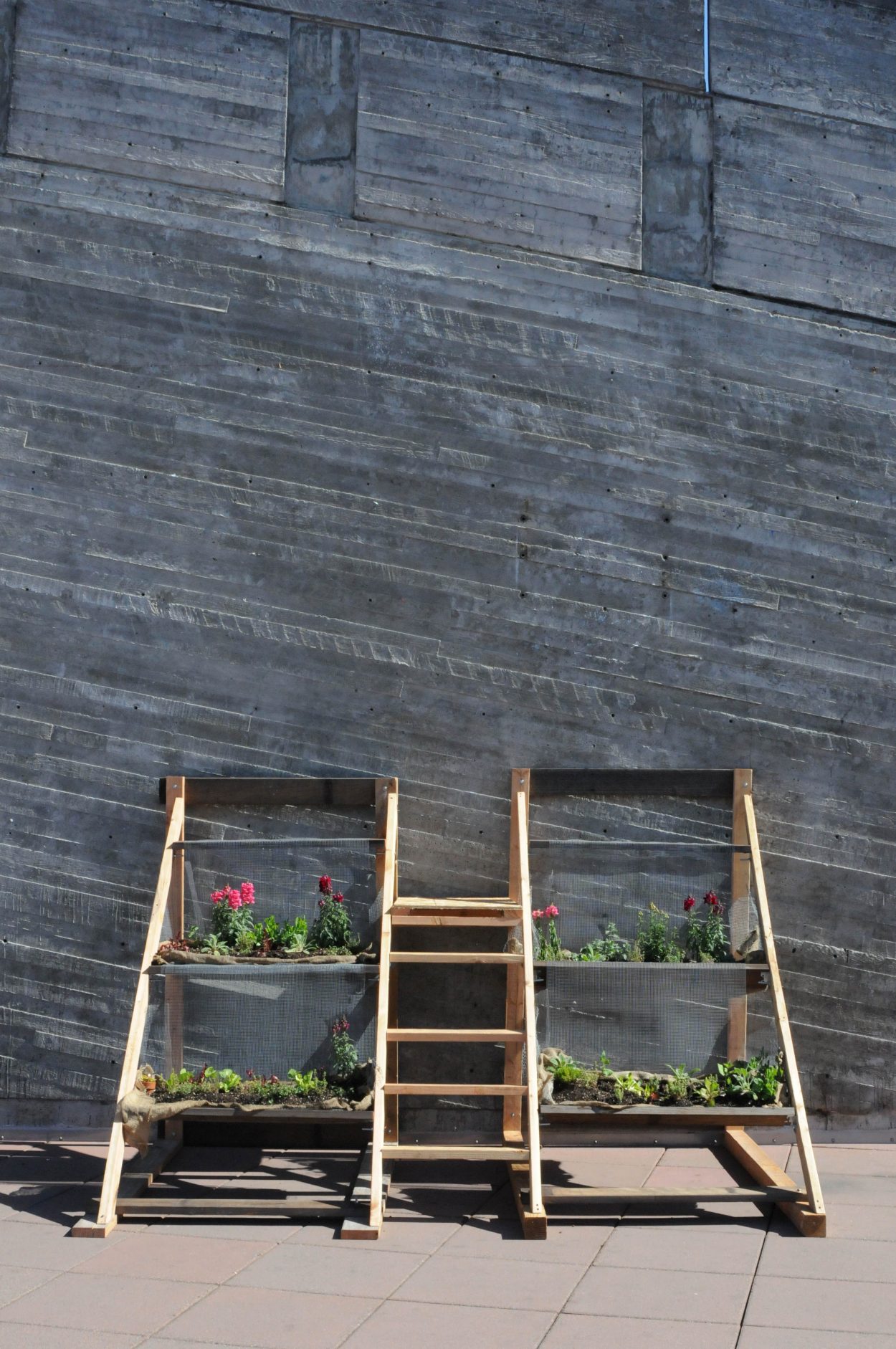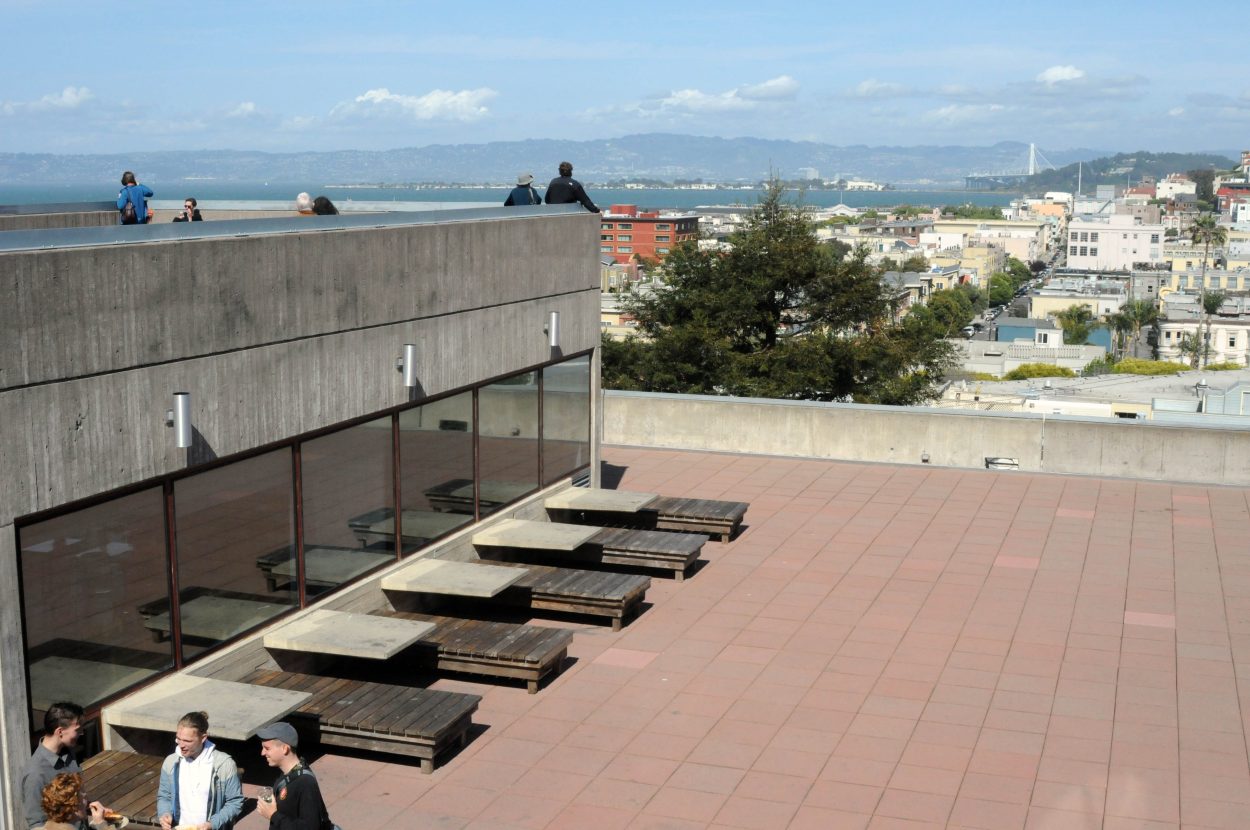Read “Dynamic, Date-Based Color with JavaScript, HSL, and CSS Variables” by Rob Weychert
This is such a useful article. His implementation on Tinnitus Tracker is definitely more involved than what I’ve done on this site, particularly what he’s done to account for inherent saturation levels and lightness vs luminance. And his colour wheel mapping is slightly offset from mine. I feel like August is the reddest month! I’ve wanted to reconsider the colour here for a while, particularly since the accessibility of some of the hues isn’t up-to-snuff. Rob’s write-up might make that adjustment a bit more straightforward which is a big relief.
I remember being really interested in where Grant Custer went with colour on his blog when I started screwing around with colour on this site. See his blog in 2013 on the Internet Archive. I wanted to see whether or not there was some way to ambiguously reflect where I was in the world, particularly since I live so far away from most of my family.
The first version of the colour experimentation on this site mapped the HSL values to the season, temperature, and time of day where I was at the time the site was visited. This is an example from Paris in late 2016. The hue value was mapped to the date/season (same as now), and the lightness was mapped to the time of day using Moment.js and Moment Timezone. The goal was to map the saturation to the weather where I was using the OpenWeatherMap API with stormy and cloudy days being less saturated, but that never came to be since the weather descriptions weren’t consistent enough. I ended up mapping the saturation to the temperature instead, but I don’t think it was quite as effective.
When I turned the site in to a blog first and foremost, I dropped the location and weather aspect. It could be fun to return to it since it might bring a bit more variation, particularly on the list page. Might be a little wild though, and it might be a massive headache to introduce location and weather on old posts… At bare minimum, I could probably incorporate the time of day as lightness. We’ll see!



